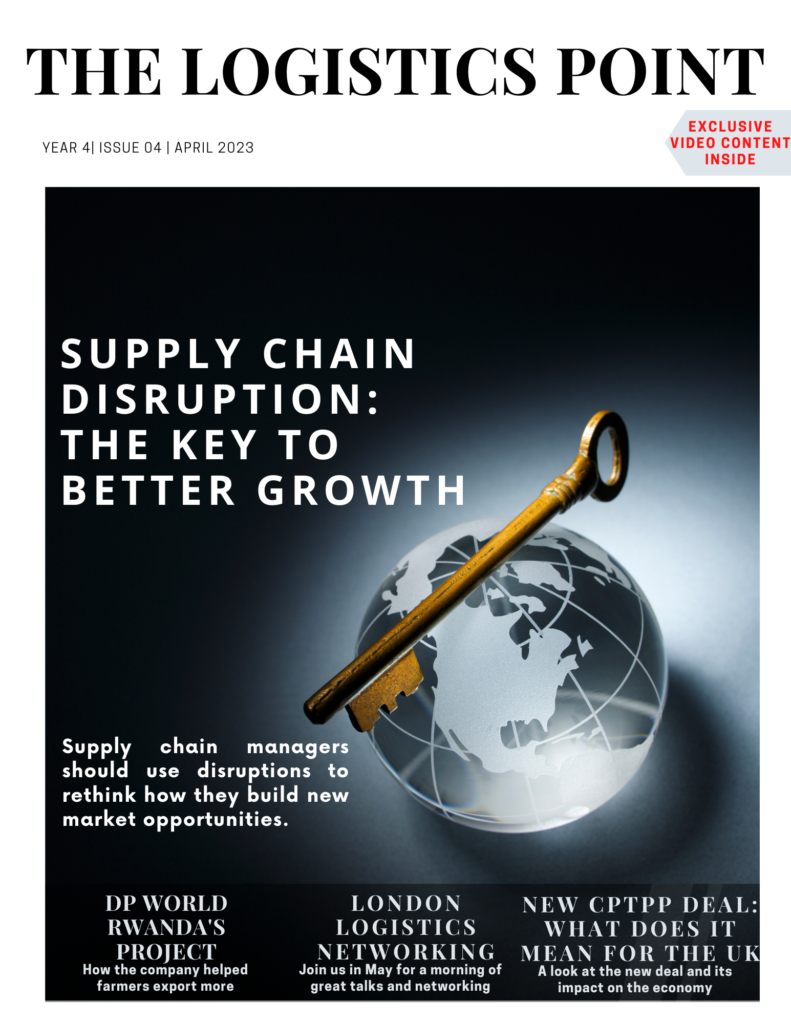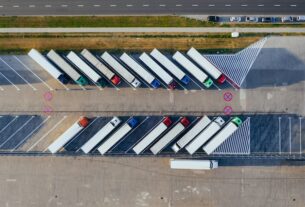The supply chain is massive and with this come many complexities. There is no doubt that the last couple of years have brought huge changes and managers are actively exploring redesigning their operations. We spoke to Skyler Chi, Head of Enterprise Accounts, Exiger, about which parts of the supply chain are in need of change, why and most important, how.

Roundtable with Evri, Zedify, Descartes & Backhouse Jones – 24th May, London
We are happy to invite you to our second London Logistics Networking & Roundtable event on the 24th May!
We have prepared a great list of topics and speakers:
- EVRi: The Journey To ESG & NetZero;
- Descartes Systems Group: Fleet Management & Green Logistics;
- Zedify UK: Micro-hubs and Assets Management for Green Policies;
- Backhouse Jones: ESG Legal Framework & Green Contracts
When we are talking about redesigning the supply chain on a global level, who are the actors who will lead that process: governments, international companies?
Supply chain interconnectivity is incredibly complex and – as we all know – there are many individuals, companies, governments, and companies that all have material parts.
To be as fully prepared as possible, nearly all actors will need to participate in open forum – from governments to private sector companies. Initially, governments will need to play a crucial role – as they have been – in creating policies and regulations that will facilitate the edge of the wedge transformation of global supply chains.
Most recently, we have seen these types of pressures with global modern slavery regulations that place nearly all liability to trace materials and inputs on the manufacturers to ensure they are not inadvertently supporting global slave abuses.

At the same time, international companies can leverage their expertise, vast amounts of resources, and purchasing networks to drive innovation and implement sustainable practices across their value chains.
Backstopping these efforts are firms like Exiger, who are innovating in very novel ways to create automated, artificial intelligence driven methods for automatically tracking and tracing supply chains while also providing supply chain management tools to ensure proper inventory tracking, warehousing controls, and stock monitoring. Continued collaboration between these actors will be essential to ensure the redesign (much of which is currently ongoing) is effective and sustainable.
What areas need redesigning? Why?
Several areas of the global supply chain require redesigning and all the above participants are widely aware of these needs. Today, the areas that are receiving the greatest amount of visibility including tracking systems (inventory and stock management), ESG practices, and overall transparency. The current supply chain lacks transparency, which creates challenges in tracking products, ensuring ethical sourcing, and identifying sustainability issues. By redesigning these areas, we can create a more resilient, sustainable, and equitable global supply chain.
How do we even define ‘redesigning’ of such a complex system?

Redesigning a complex, global system like the world’s supply chain requires breaking it down into smaller parts and addressing them each systematically. The best way to eat a supply chain transformation elephant is one bite at a time. A step-by-step approach can help identify key areas that need improvement, set achievable goals, and track progress. Governments can play a critical role in defining the scope of the redesign, setting benchmarks and timelines, and creating incentives for private sector companies to participate – we see this with the UK Modern Slavery Act, NDAA 889, and the UFLPA to name a few.
What are the risks associated with this? How can we mitigate them?
There are several risks associated with redesigning the global supply chain, including disruption to existing supply chains, increased costs, and lack of stakeholder engagement (particularly in the private sector as they are very averse to fundamental change). To mitigate these risks, proper funding needs to be allocated to support the redesign efforts. Such funding may include government subsidies as a “carrot” or regulatory fines as a “stick”. Collaboration between stakeholders is also critical to ensure that the redesign is inclusive and addresses the concerns of all parties involved. First-mover companies, for example, that are committed to implementing sustainable practices can also help mitigate risks by sharing their expertise and experiences while receiving the benefits of government assistance with a common goal in mind. ✷



